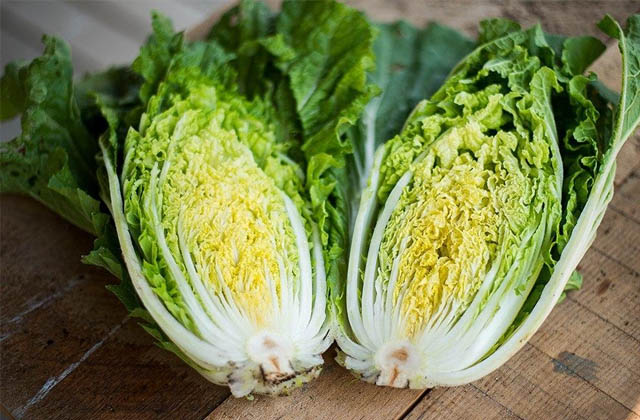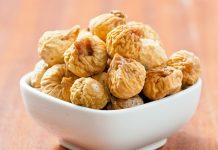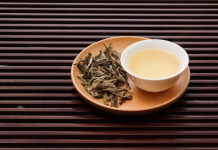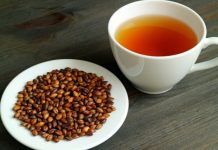What is Chinese cabbage?
The Chinese cabbages that are known in Chinese, has for generations been recognized as a popular health boosting vegetable and delicacy. This vegetable was initially grown in ancient China on the Yangtze River, some 6,000 years ago, before it spread to Korea, Japan and ultimately to the West. Chinese cabbage can be prepared raw as an exotic salad, smoothie, juice and also cooked as a delicious dish. The vegetable offers a host of health benefits from promoting fitness to disease prevention.
Chinese Cabbage: Health Benefits and Recipes
Helps build strong bones
New bone materials alongside vitamin K and calcium, Chinese cabbage play an important role of keeping the teeth and very strong calcium also helps enhances nerve function, while vitamin K promotes the fat breakdown in blood clotting. Chinese cabbage contains 64% vitamin K and 16% calcium.
Fights fatigue and anemia
Low levels of hemoglobin in the child’s body can make them feel tired and less active. The high concentration of iron in Chinese cabbage helps the body produce hemoglobin in the blood. Hemoglobin plays an important role in transporting oxygen throughout the body. This can go a long way to revitalize the body.
Helps regulate blood pressure
This vegetable is a rich source of potassium and calcium which are crucial in reducing hypertension. It also contains low levels of sodium which is associated with low pressure. Studies have shown that a reduction of sodium in the diet can lower the levels of blood pressure by up to 8 millimeters HP.
Cardiovascular health
This leafy and refreshing vegetable is also great for the child’s heart. Chinese cabbage contains blood pressure reducing abilities which is critical in regulating blood pressure.
Detoxifies body
Cabbage contains detoxifying compounds that can flush out poisons from the body and keep it sound. These were some real advantages of incorporating cabbage in your child’s eating regimen. Despite the fact that these advantages may not appear things that a child would require, however, a solid begin to live is the best blessing you can give your child. In any case, there are things you have to remember before you simply ahead and acquaint your child with cabbage.
Strengthen the immune system
Chinese cabbage is an important source of vitamin C which acts as a booster to the body’s defense mechanism. Vitamin C also helps the body fight various diseases and preventing infections such as common cold and gum disease.
Eye health
Chinese cabbage is highly beneficial to the eyesight since it contains an important ingredient called beta-carotene that has been shown to prevent macular degeneration and cataracts.
Digestive health
Chinese cabbage is a rich source of fiber which is critical in promoting healthy digestion. Sufficient consumption of fiber is also useful in eliminating accumulated waste from the body’s digestive tract. Cabbage is known to make child gassy. In any case, that is something worth being thankful for! Sulfur-rich nourishments like Cabbage ‘feed’ the good microbes in the gut and make digestion simple. Cabbage additionally contains a decent measure of fiber, which facilitates constipation.
Helps combat skin infections and disorders
Chinese cabbage can help fight a host of skin infections, including eczema, acne and skin rashes. It contains crucial antibacterial and antiseptic properties. Some of the skin disorders that can be overcome by taking this cabbage include blemishes, skin discolorations, and skin allergies. Chinese cabbage also helps reinvigorate the child’s skin making it soft and supple.
Promotes hair growth
The vitamins found in Chinese cabbage such as vitamin C and vitamin E has been shown to promote and maintain the growth of healthy hair. The vegetable also contains high quantities of iron which helps increase the levels of iron in the body. Iron is known to fight frequent hair loss
Helps prevent cancer
It contains powerful medicinal compounds that help heal cancer. But one of its best-known uses is as a natural remedy for stomach ulcers. Cabbage has the highest amount of some of the most powerful antioxidants found in cruciferous vegetables. Phytonutrients such as thiocyanates, isothiocyanates, and sulfur stimulate detoxifying enzymes. Research has shown these compounds protect against several types of cancer, including breast colon and prostate cancers. They also help lower the LDL or bad cholesterol levels in the blood which can build up in arteries and cause heart disease. Brassica vegetables like cabbage contain glucosinolates which are known to counteract tumor. Malignancy might be the thing most remote from your mind at the present time, yet it is never too soon to manage your infant to a more advantageous life!
85% of the body’s daily requirement
Rich in vitamin K, cabbage provides 85% of the body’s daily requirement. This is very important not only for bone metabolism but as a known Alzheimer’s disease preventative by limiting neuronal damage in the brain. The 54 percent daily value of vitamin C supplied to the body with one serving of cabbage is impressive, even more than oranges, which can help scavenge harmful pro-inflammatory free radicals and protect against infection. Cabbage is also an excellent source of fiber vitamin b6, folate, and manganese as well as healthy amounts of thiamine, vitamin b1, paradox and vitamin b6 and pantothenic acid, vitamin b5. It also provides iron, magnesium, phosphorus, calcium for strong bones and potassium for regulating the heart rate and blood pressure.
Recipe of Apple and Chinese cabbage puree
Apple is one of the favorite dishes for babies. Add some cabbage to it, and you have an awesome dish with you!
Ingredients
- One apple, peeled and grated
- 1 cup shredded cabbage
- 1/4 cup water
- Two tbsp raisins
How to Make
- Take a pan and add all the ingredients to it.
- Bring it to boil.
- Next, reduce the heat and simmer for another ten minutes.
- Remove from pan, add to a blender and blend until you get your desired consistency.
- Serve!
Conclusion
You can give your infant cabbage when she is prepared for solids – at a half year. In any case, make a point to converse with your specialist before you do as such. Not all infants develop at a similar pace. In this way, while another infant may be cheerful eating down on cabbage, your child may in any case require time. Take after signals, and you’ll know when they are prepared.













